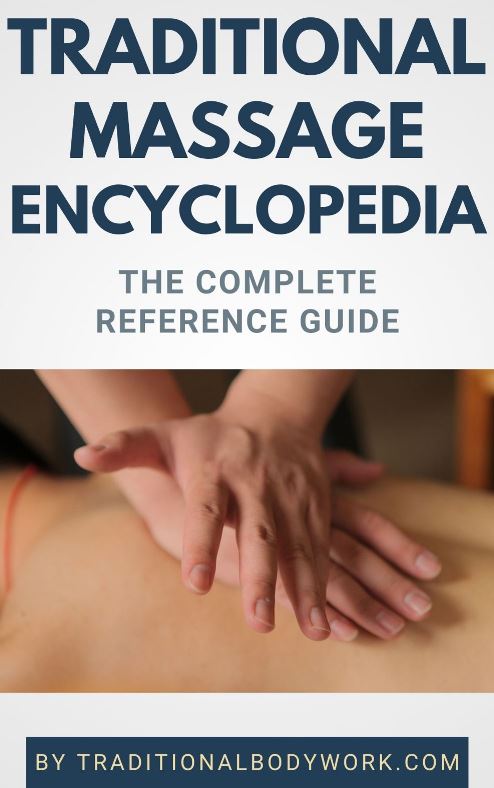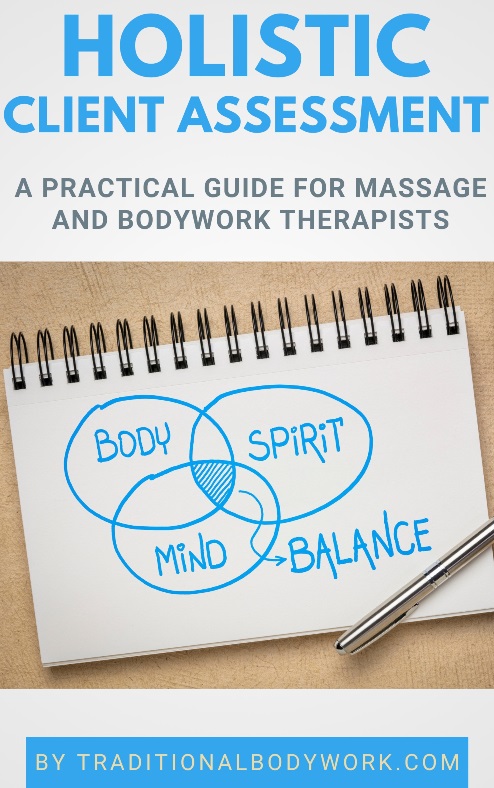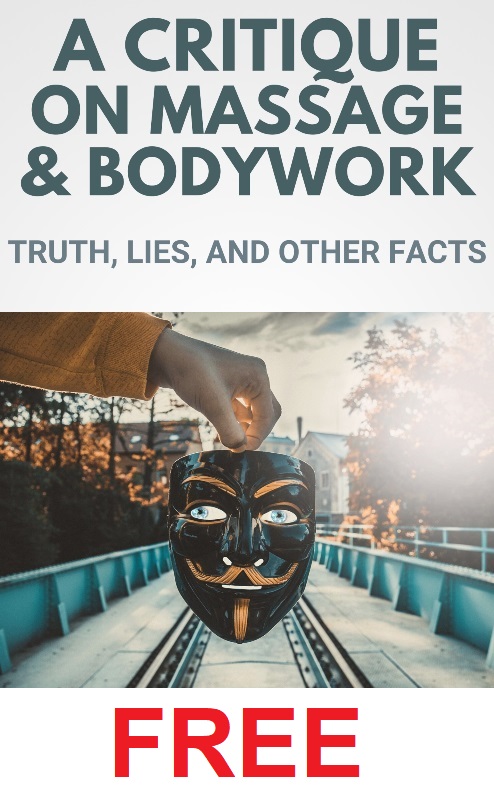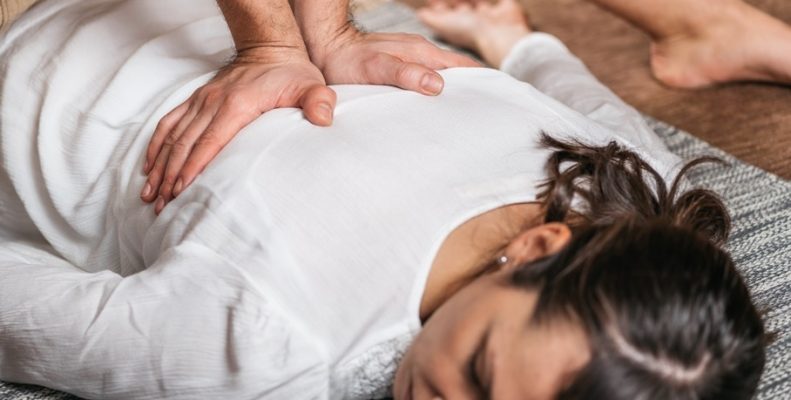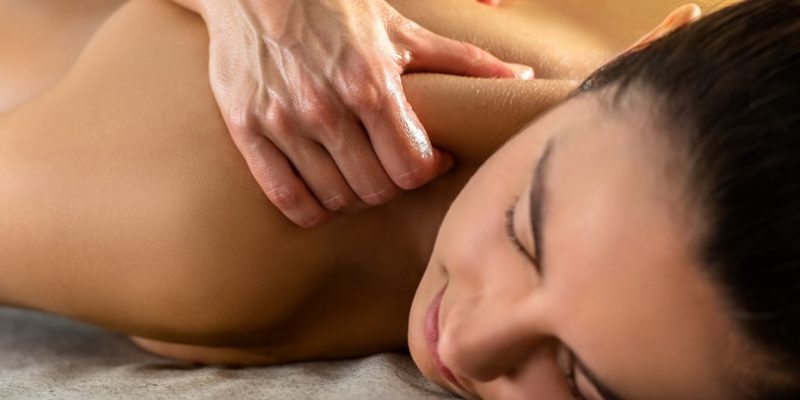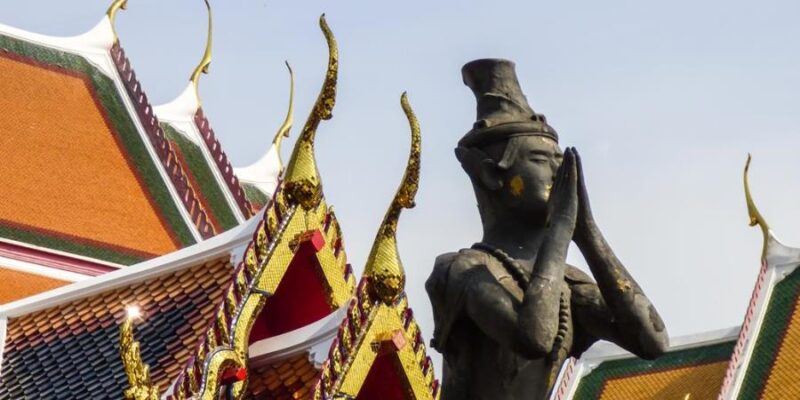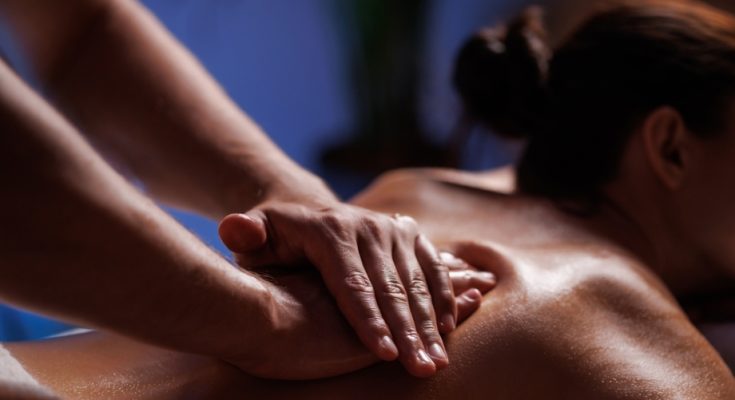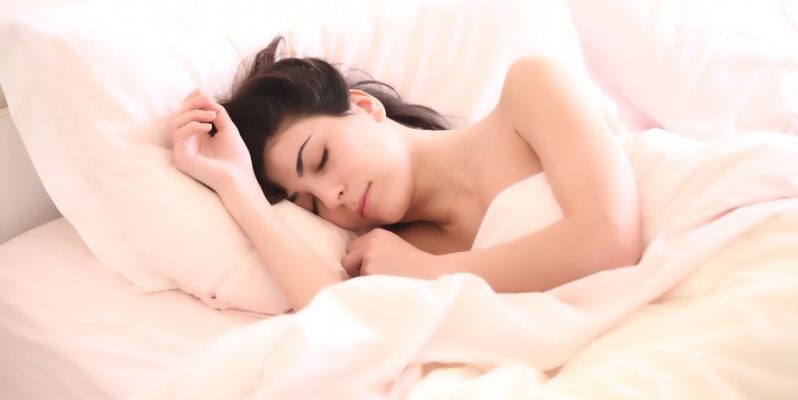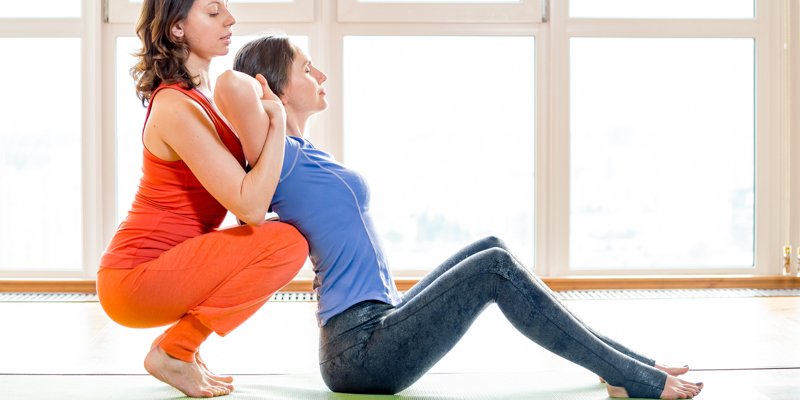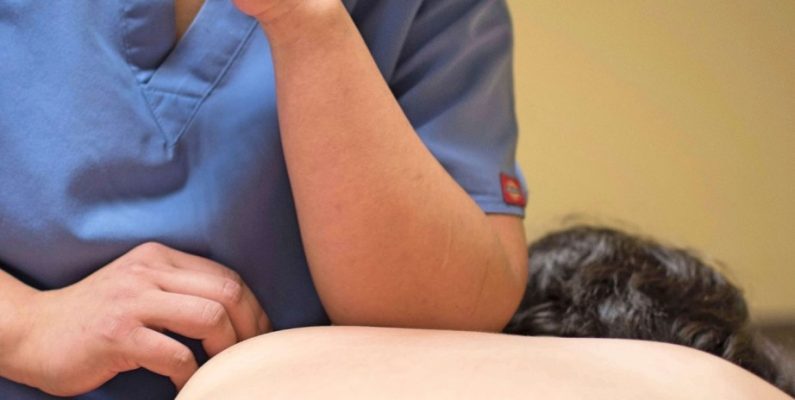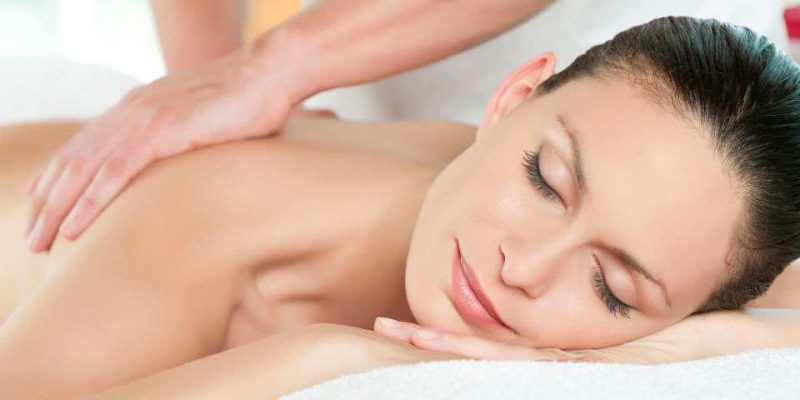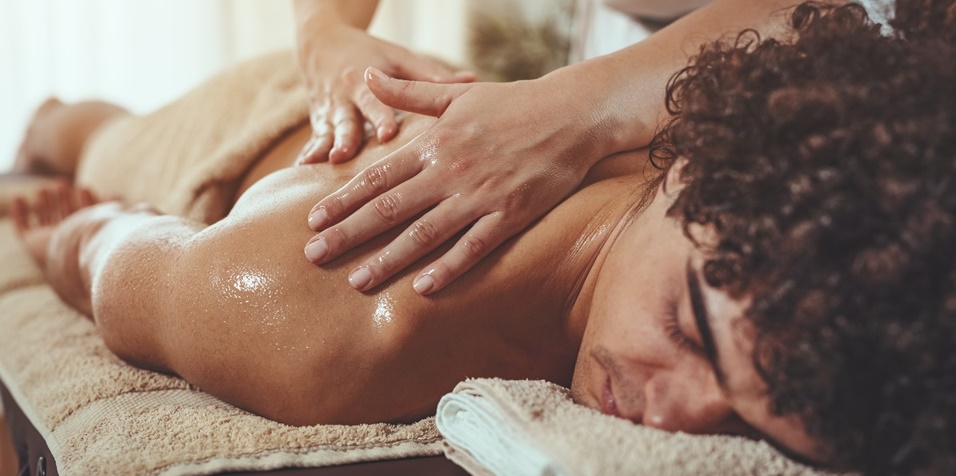
Student life can often create stress and tension that takes its toll on both physical and mental well-being. A powerful way to combat this challenge is massage therapy – a holistic approach that promotes relaxation and overall well-being. We will explore various massage techniques available today and find which are most suited to providing stress relief and rejuvenation to students seeking relief. In this blog post, we will take an in-depth look into these options so we can identify which are suitable.
Massage Is Essential for Students
Before we explore different massage techniques, let’s understand why massage therapy is especially useful for students. Academic life often involves long hours of studying, irregular sleep patterns, and meeting deadlines with stress, all factors that contribute to physical discomfort, muscle tension, and mental fatigue. Massage therapy offers relief by improving circulation, relieving tension in muscles, and providing relaxation – improving student well-being overall!
Different Types of Massage Techniques
- Swedish Massage. A Swedish massage is an ideal option for beginners looking to try massage therapy for the first time, providing long strokes, kneading, and circular movements to promote relaxation and reduce stress without applying intense pressure – perfect for students juggling academic pressure.
- Deep Tissue Massage Students experiencing chronic muscle tension or pain may benefit from deep tissue massage as an intensive solution. This technique involves applying firm pressure directly into deeper layers of muscles and connective tissue to release knots and tightness while relieving physical strain caused by prolonged studying sessions.
- Aromatherapy Massage. Aromatherapy massage combines the therapeutic effects of traditional massage with essential oil selection to deliver optimal relaxation or enhanced focus, such as lavender for relaxation or peppermint for improved focus. Not only can aromatherapy massage address physical tension, but it can also offer holistic solutions that promote mental well-being – making this a sought-after experience among students looking for balance.
- Thai Massage. Thai massage is an ancient art that combines acupressure, assisted yoga postures, and rhythmic compressions into an ancient practice that offers physical and energetic benefits to students looking to increase flexibility and improve energy flow. Particularly beneficial for those who spend long hours sitting, Thai massage focuses on stretching out muscles by relieving tension in different muscle groups.
- Sports Massage. Active students engaging in sports or regular exercise may find sports massage beneficial. This technique targets specific muscle groups to boost athletic performance, reduce soreness, and support recovery – ultimately contributing to overall physical well-being while supporting an active lifestyle.
- Hot Stone Massage. Hot Stone Massage uses heated stones placed strategically over specific parts of the body combined with traditional massage techniques for the relaxation of both mind and body. The warmth from the stones relaxes muscles and improves blood flow, while massage techniques alleviate tension. Students seeking physical and emotional relaxation alike often find Hot Stone Massage an invaluable experience bringing about inner calm.
- Reflexology. Reflexology works on the principle that specific points on hands and feet correspond with specific organs and systems in the body, and by applying pressure to them, reflexology seeks to promote overall well-being. Reflexology offers students the opportunity to increase mental clarity while creating balance by applying pressure to these reflex points, an excellent approach that synergizes both mind and body in a harmonious fashion.
Select the Appropriate Massage Technique
After exploring various massage techniques, students should now be considering which is the most suitable one for them. This decision depends on their individual preferences, needs, and health considerations; when making their selection, it’s essential that they keep in mind the following criteria when making their selection:
- Personal Comfort: If this is your first massage experience, gentle Swedish may be an ideal introduction.
- Target Your Concerns: Indicate any specific physical or mental needs that you wish to address through massage therapy. Aromatherapy massage could provide stress relief, while deep tissue massage could relieve muscle tension.
- Consult With Professionals: Prior to selecting a massage technique, consult with a certified massage therapist who can assess your individual needs and tailor a solution specifically tailored for you.
Conclusion
In massage therapy, finding an approach that meets individual students’ unique needs and preferences is of utmost importance. From Swedish massage to deep tissue work or aromatherapy and Thai massage – each technique offers distinct advantages in providing balance and well-being benefits – the goal should always be balance and well-being for all involved parties.
Remember, massage therapy is an individual experience; finding your ideal technique may require some trial and error. So take the time to explore, unwind, and find one that speaks to you; your well-being deserves this investment!
As paper helper, we encourage you to explore the many advantages massage therapy can bring in terms of creating a balanced student lifestyle. If you’re curious about massage techniques or need assistance with academic writing, feel free to reach out – click the link for additional resources and information.

